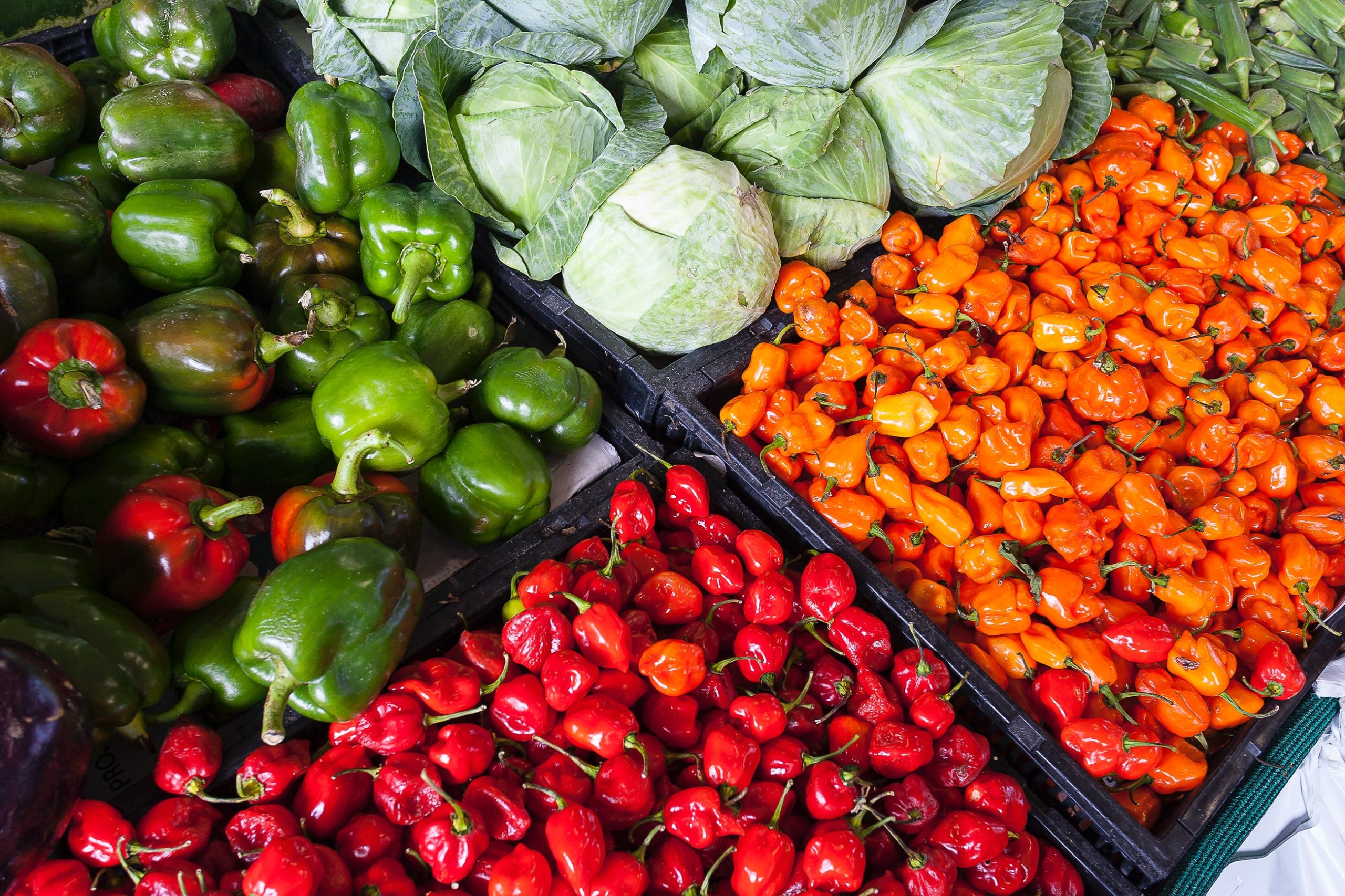What is Subsistence Agriculture?
Subsistence agriculture is the practice of growing crops and raising livestock to meet the basic needs of families or communities. In contrast with commercial agriculture, which is focused on maximizing crop yields for profit, subsistence agriculture focuses on producing small amounts of food to meet the needs of a family or a village. This type of farming has been practiced worldwide for centuries and continues to be a major source of food production in many parts of the world.

What are the types of Subsistence Agriculture?
- Small-scale farming and animal husbandry
Subsistence agriculture relies on small-scale farming and animal husbandry to sustain communities in areas with limited resources. Through innovative practices such as crop rotation, artificial irrigation can be reduced while soil quality is improved using manure and other natural fertilizers. Animal husbandry supports the system by providing food, income, and essential labor power. By implementing sustainable techniques, subsistence farmers can ensure their livelihoods for generations and remain a vital part of their local economies.
- Fishing and hunting to supplement food production
Fishing and hunting are essential in subsistence agriculture, helping to supplement food production in areas with limited resources. Fishing involves catching fish through nets or lines and hooks, while hunting typically involves tracking and killing animals with firearms or other weapons. For these methods of food acquisition to be sustainable, it is important to understand the environment and its inhabitants. Through careful management of resources, communities can use fishing and hunting to supplement their food production for generations to come.
- Foraging and gathering wild plants, fruits, nuts, and insects
Foraging and gathering wild plants, fruits, nuts, and insects is another key component of subsistence agriculture. By feeding in forests, fields, and other natural habitats, people can supplement their food production with resources from the local environment. Wild plants and fruits can provide vegetables, herbs, grains, and other plant-based foods. Insects provide protein in the form of larvae or eggs for some cultures. In addition, many tree nuts, such as walnuts or hazelnuts, can be found in the wild. All these harvesting methods can help reduce reliance on imported foods while preserving traditional food sources.
- Agroforestry systems that combine crops and trees
Agroforestry systems combine crops and trees to increase production while supporting ecosystem health. Trees are typically planted alongside vegetables, grains, and other crops to provide shade and additional nutrients to the soil. In addition, agroforestry systems can help create homes for beneficial insects such as bees or butterflies, which can boost the pollination of plants. By using these methods of combining agriculture with forestry, subsistence farmers can maximize their crop yields while also reducing impacts on the environment.
- Planting of crops in forest areas for short periods
Planting crops in forest areas for short periods is a method of subsistence agriculture that helps reduce the amount of land needed to grow food. This type of farming often uses fallow plots or plots of land left empty and wild after harvested crops. During this time, the soil can regenerate nutrients, which can help increase crop yields over time. Planting crops in these areas also provides people with an additional source of food without having to cause more disruption to nearby forests.
- Livestock grazing in grassland areas
Livestock grazing in grassland areas is a form of subsistence agriculture that provides people with an additional food source. By having animals graze on land where crops cannot be planted, farmers can supplement their crop yields and provide more diversity in their diets. Grazing can also help maintain grasslands and prevent them from being overtaken by trees or other vegetation. Livestock grazing is sustainable when managed properly and does not cause soil erosion or further damage to the area.
What is the role of subsistence agriculture in traditional societies?
The role of subsistence agriculture in traditional societies is to provide a reliable food source that helps maintain a connection with the land and the practice of traditional farming methods. Subsistence agriculture also offers communities a chance for self-sufficiency, protecting them from food shortages and economic instability. It is often practiced in harmony with nature, utilizing natural resources and not requiring large amounts of resources or chemical fertilizers.
Modern Subsistence Agriculture 
Modern subsistence agriculture is the practice of small-scale sustainable farming that relies on traditional methods and techniques to produce food for family consumption. It utilizes natural resources to maximize output while minimizing synthetic fertilizers or other inputs. This farming often uses traditional knowledge and practices, such as crop rotation, intercropping, compost, and manure, to maintain soil fertility. Modern subsistence farmers also work to conserve natural resources by using water efficiently, managing soil health, and adapting to climate change.
What is the Environmental Impact and Sustainability of Modern Subsistence Agriculture?
The traditional practices largely determine modern subsistence agriculture’s environmental impact and sustainability. The effect can be positive if farmers employ sustainable methods, such as crop rotation, soil management, and natural pest control. This farming reduces chemical inputs and works to maintain healthy soils for future generations. Additionally, these traditional practices can help ensure resilience in the face of biodiversity loss or climate change.
Agriculture is the world’s main food source and has been around since ancient times. It is important to note that subsistence agriculture still exists in many parts of the world today and continues to have a significant impact on our planet. This blog post explored the definition of subsistence agriculture, its history, and how it impacts our world today. This blog post helped you better understand subsistence agriculture and its importance.
